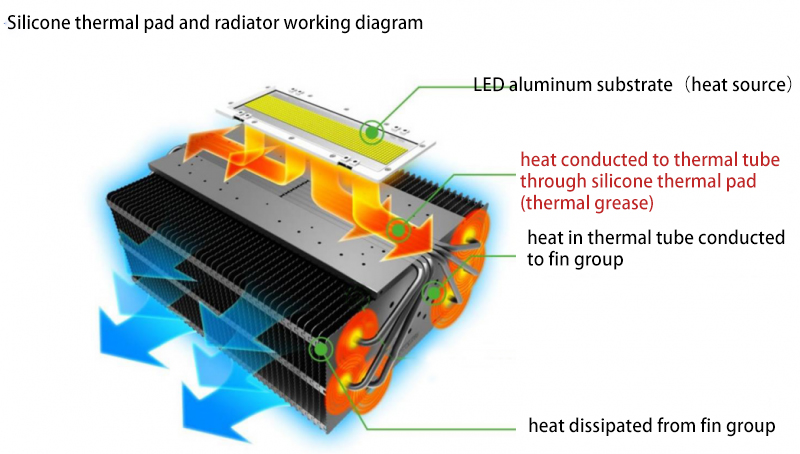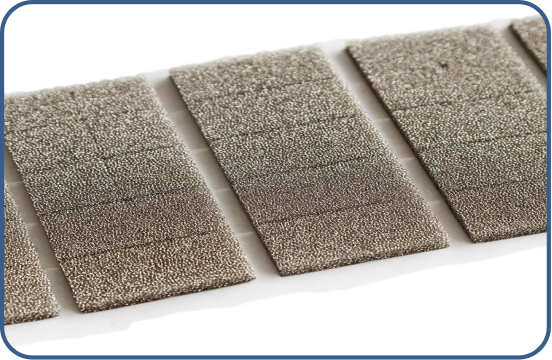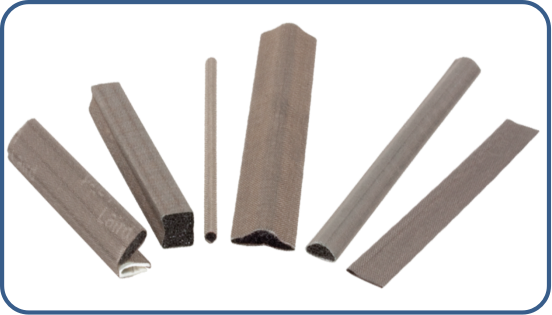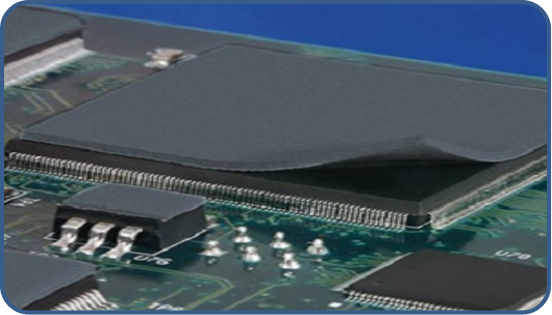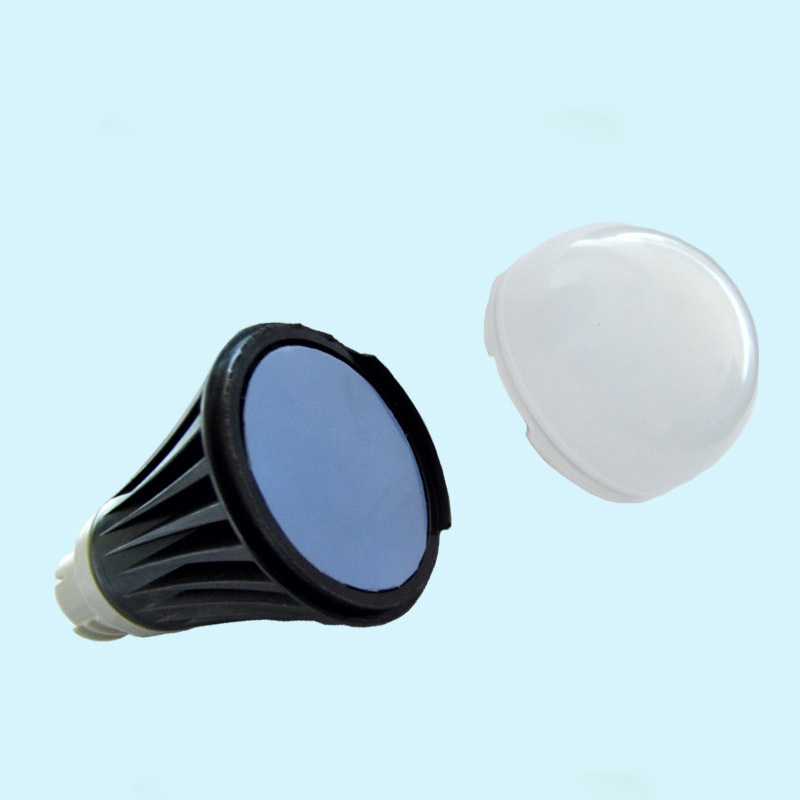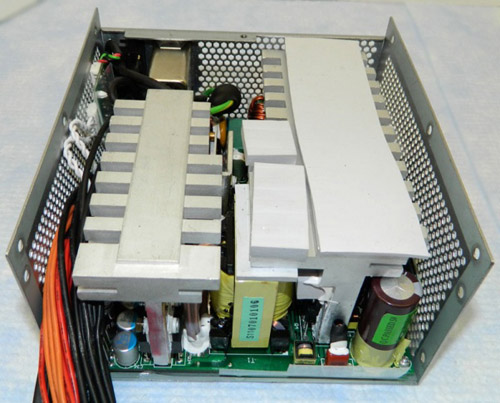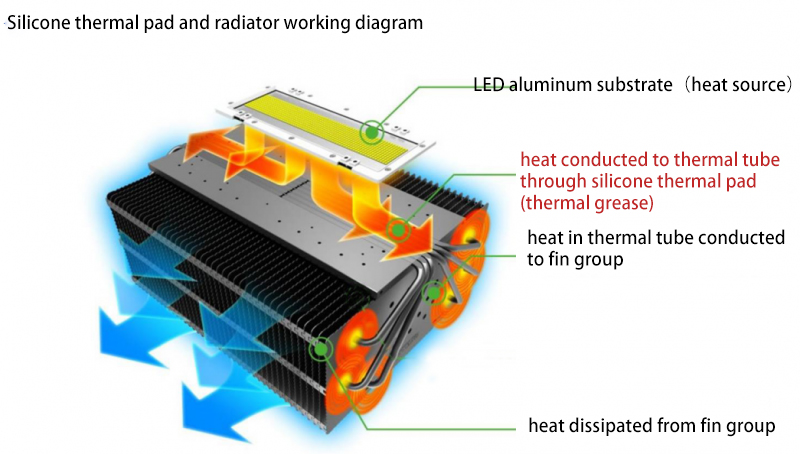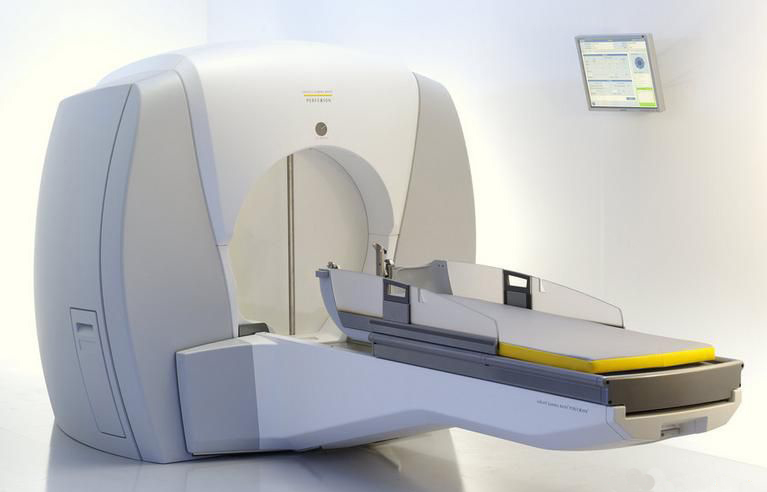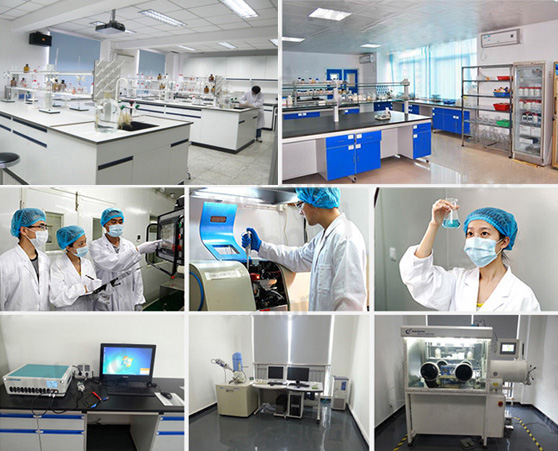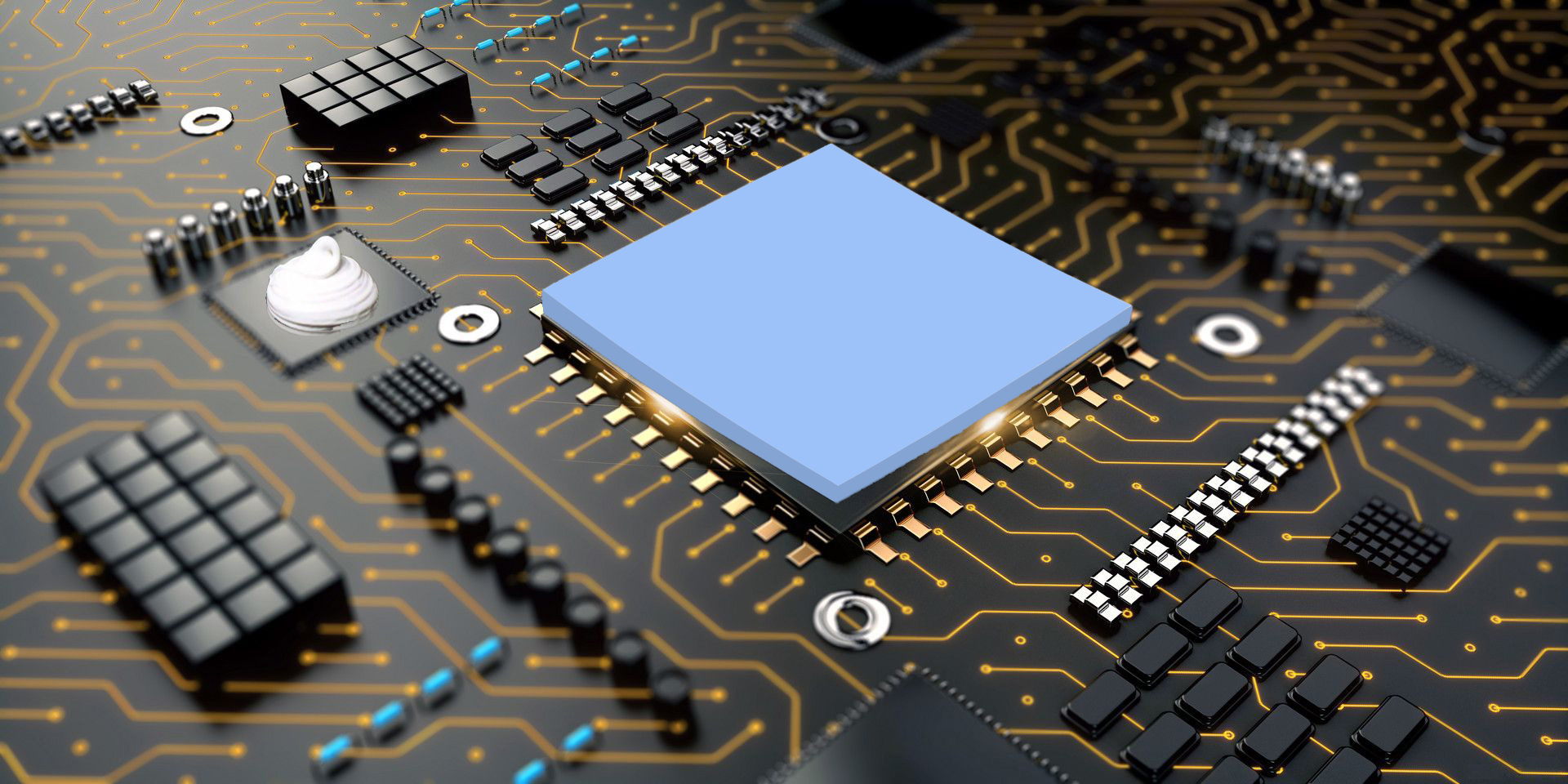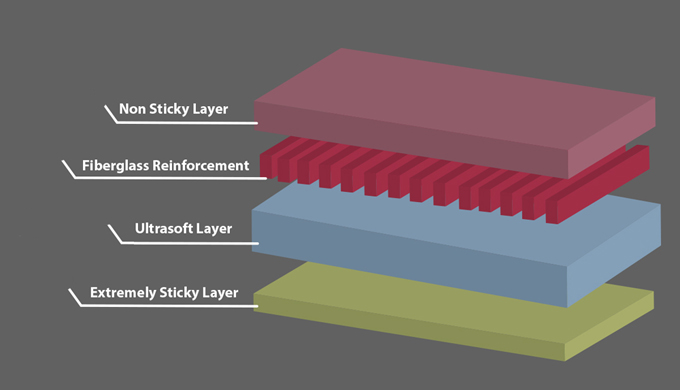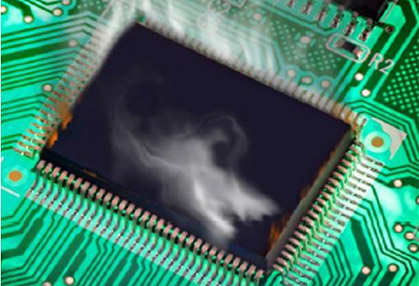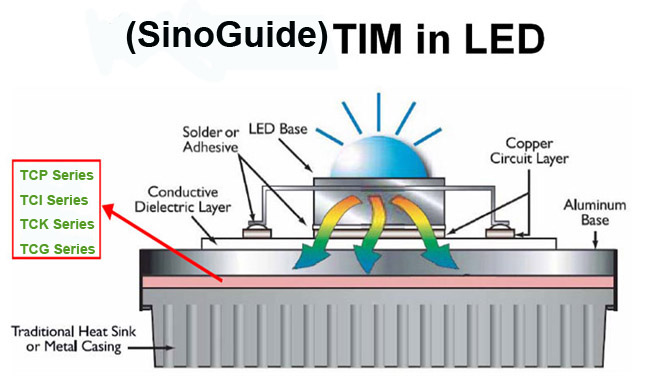Main Markets
Related Product
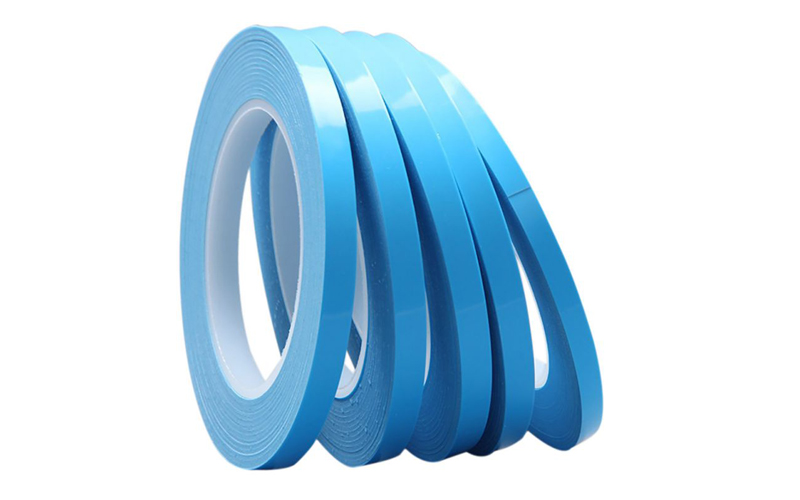

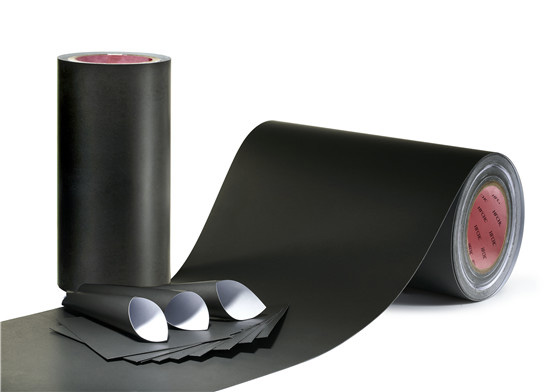

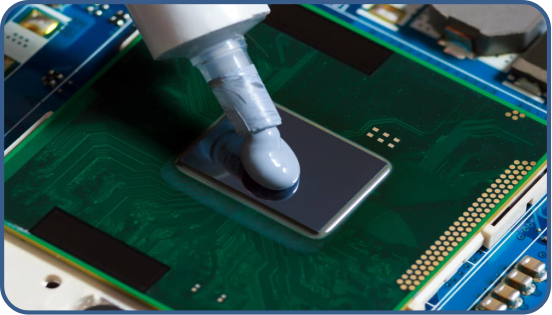



Share Article
LED Lighting Thermal Solutions
LEDs are known as the fourth generation of lighting sources or green light sources, with characteristics such as energy-saving, environmentally friendly, long lifespan, and small size, and can be widely used in various fields such as indication, display, decoration, backlighting, general lighting, and urban nightscapes. Companies around the world are engaged in fierce technological competition in the development of LED. However, LED heat dissipation has always been a problem that needs to be urgently solved!
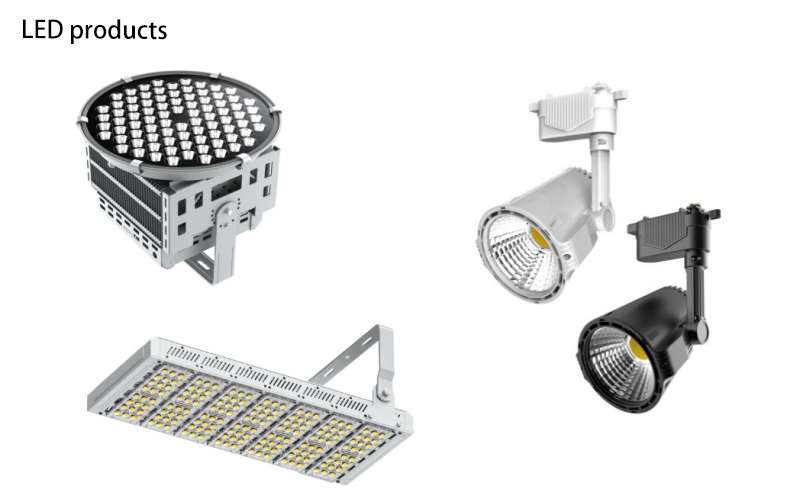
The reason for the heat generation of LEDs is because not all of the added electrical energy is converted into light energy, but rather, some of it is converted into heat energy. The light efficiency of LEDs is currently only 100lm/W, and its electric-to-light conversion efficiency is only about 20-30%. In other words, about 70% of the electrical energy is converted into heat energy.
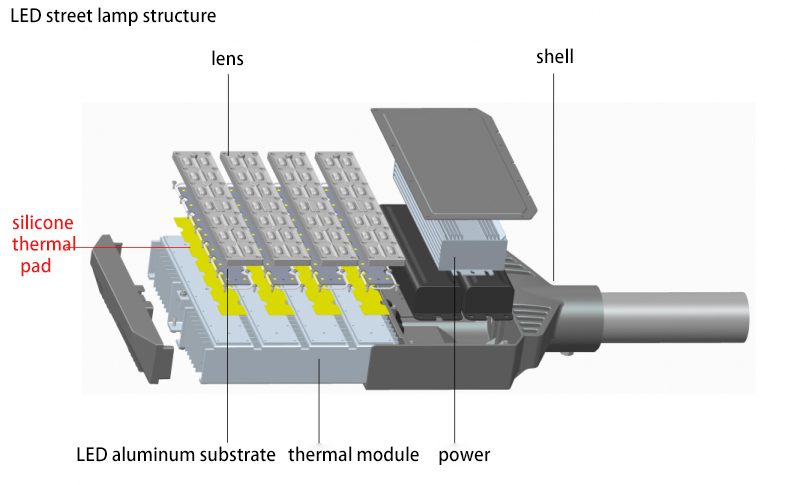
Specifically, the generation of LED junction temperature is caused by two factors.
1. The internal quantum efficiency is not high, that is, not all of the electrons and holes recombine to produce photons, usually referred to as the decrease in the recombination rate of the carrier in the PN region caused by "current leakage." The leakage current multiplied by the voltage is the power of this part, which is converted into heat energy, but this part is not the main component, because the internal photon efficiency is now close to 90%.
2. The internal generated photons cannot all be emitted out of the chip and finally converted into heat, which is the main part, because the external quantum efficiency is currently only about 30%, and most of it has been converted into heat.
Although the light efficiency of incandescent lamps is very low, only about 15lm/W, almost all electrical energy is converted into light energy and radiated out, because most of the radiation energy is infrared, so the light efficiency is low, but the heat dissipation problem is eliminated.
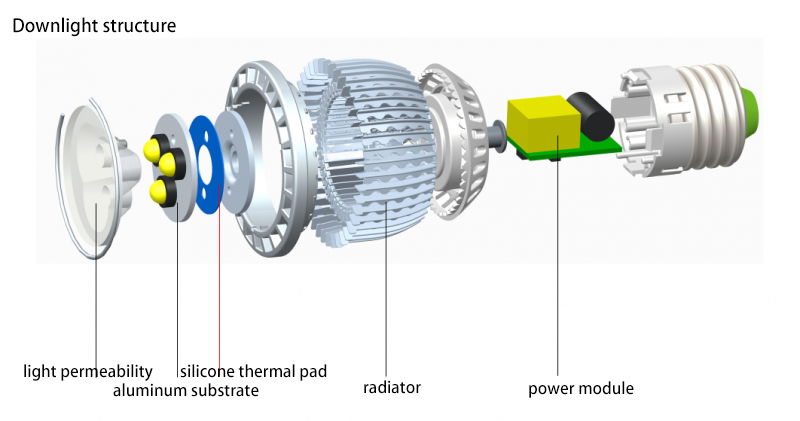
The heat dissipation of LEDs is now increasingly valued by people, because the light decay or lifespan of LEDs is directly related to their junction temperature. If heat dissipation is poor, the junction temperature will be high and the lifespan will be short.
The characteristic of LED chips is that they generate extremely high heat in a very small volume. However, the thermal capacity of LEDs is very small, so it is necessary to conduct this heat out at the fastest speed, otherwise, a high junction temperature will be produced. In order to conduct heat out of the chip as much as possible.
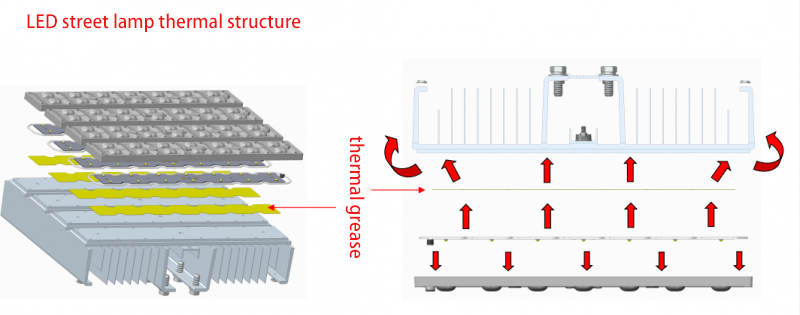
LED lighting products will produce sustained high temperatures when the chip is in operation, which will have a significant impact on the product's lifespan and the stability of LED illumination. The ratio of heat produced when LED lights emit light is 2:8, and the lower the light emission rate, the higher the temperature produced. If thermal conductive silicone grease and other thermal conductive materials are not used for heat dissipation, it is easy to damage the chip and circuits.
